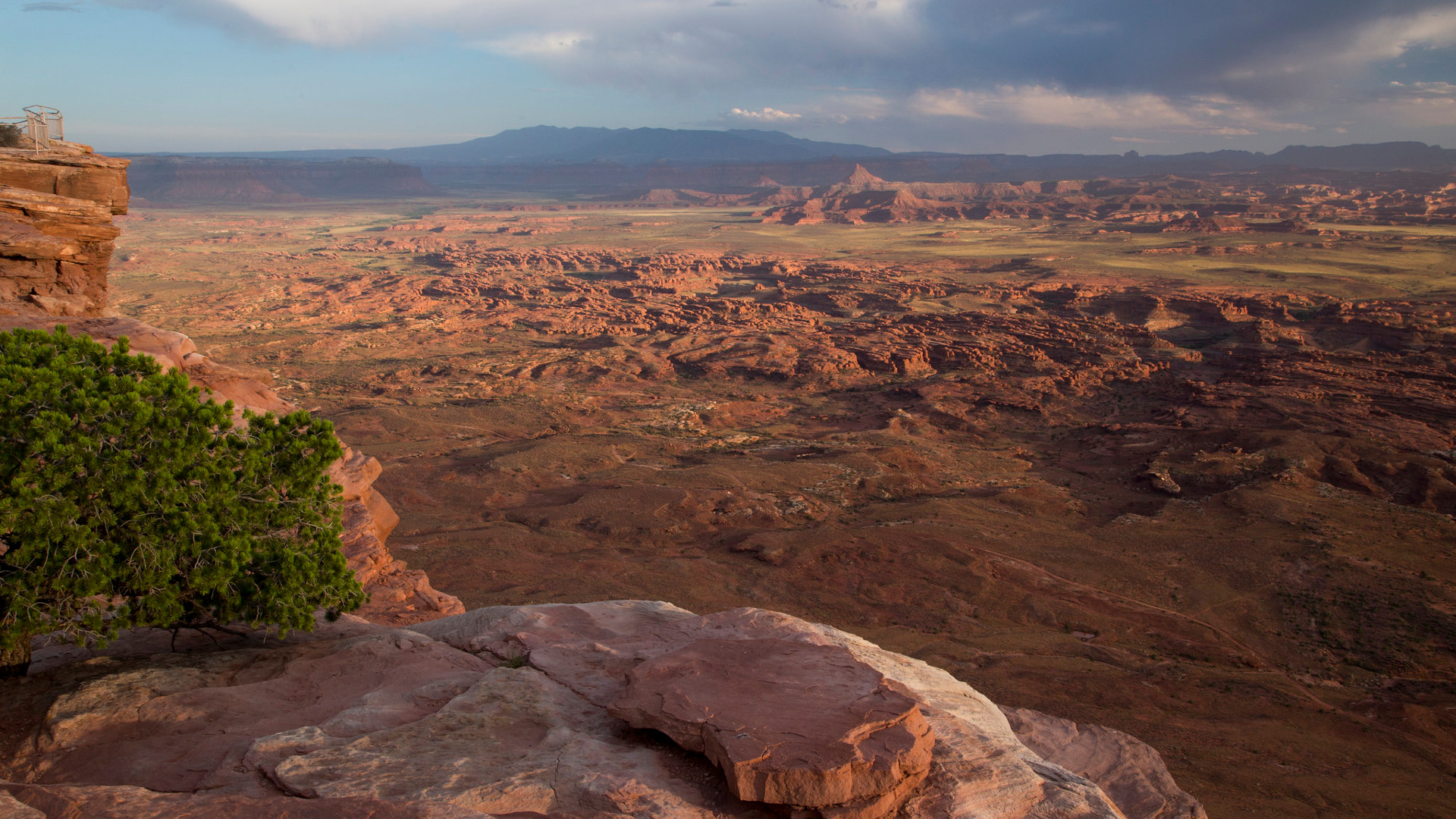Secretary of the Interior Ryan Zinke today submitted to President Trump his promised review of 27 of the country’s national monuments.
Exactly what that review contains remains a mystery. The contents of Zinke’s report were not disclosed and will apparently not be released to the public until after the president has himself reviewed them. Zinke did tell the Associated Press that he has not recommended any national monuments lose their status and that only a “handful” will be changed in any way.
A report summary issued by Zinke discussed the review’s methodology and said, “Existing monuments have been modified by successive Presidents in the past, including 18 reductions in the size of monuments, and there is no doubt that President Trump has the authority to review and consider recommendations to modify or add a monument.”
Legal experts, however, point out that the president has no actual authority to rescind or downsize any national monuments. That power, under the Antiquities Act of 1906, lies solely with the Congress.
As Sean Hecht, co-executive director of the Emmett Institute on Climate Change and the Environment at the UCLA School of Law, tweeted as part of a thread yesterday:
But Congress itself retains all authority to designate, or reduce size of, National Parks, National Forests or other land units. /17
— Sean Hecht (@seanhecht) August 23, 2017
Meanwhile, however, Rep. Rob Bishop (R-Utah), chair of the House Committee on Natural Resources, held a press conference today to announce that he will seek to review and update the Antiquities Act, calling previous presidential national monument designations “abuses” of power and a “politically motivated” “gotcha grab” of land.
Bishop has previously declared that he wants Bears Ears’ national monument revoked. Bishop provided no timeline as to when he would make his recommendations for updates to the Antiquities Act and did not define what changes he would request.
Zinke’s report summary acknowledged that the comments received during the public comment period for the national monuments review were “overwhelmingly in favor of maintaining existing monuments” but characterized that support as being the result of “a well-orchestrated national campaign organized by multiple organizations.” Bishop echoed that, calling efforts to conserve national monuments as something coming from groups that make “a nice income” through lawsuits, an obvious dig at organizations such as the Center for Biological Diversity, publishers of The Revelator.
Bishop also repeated a previously debunked talking point that the Antiquities Act was originally intended to protect lands of up to 320 acres. In reality, one of the earliest national monument designations was the 818,000-acre Grand Canyon in 1908. The Supreme Court upheld presidential authority to create the Grand Canyon National Monument in 1920.
Expect more on this story in the coming weeks and months.
Previously in The Revelator:
The Roots of the Antiquities Act? They’re in Bears Ears



James Watt 2.0.